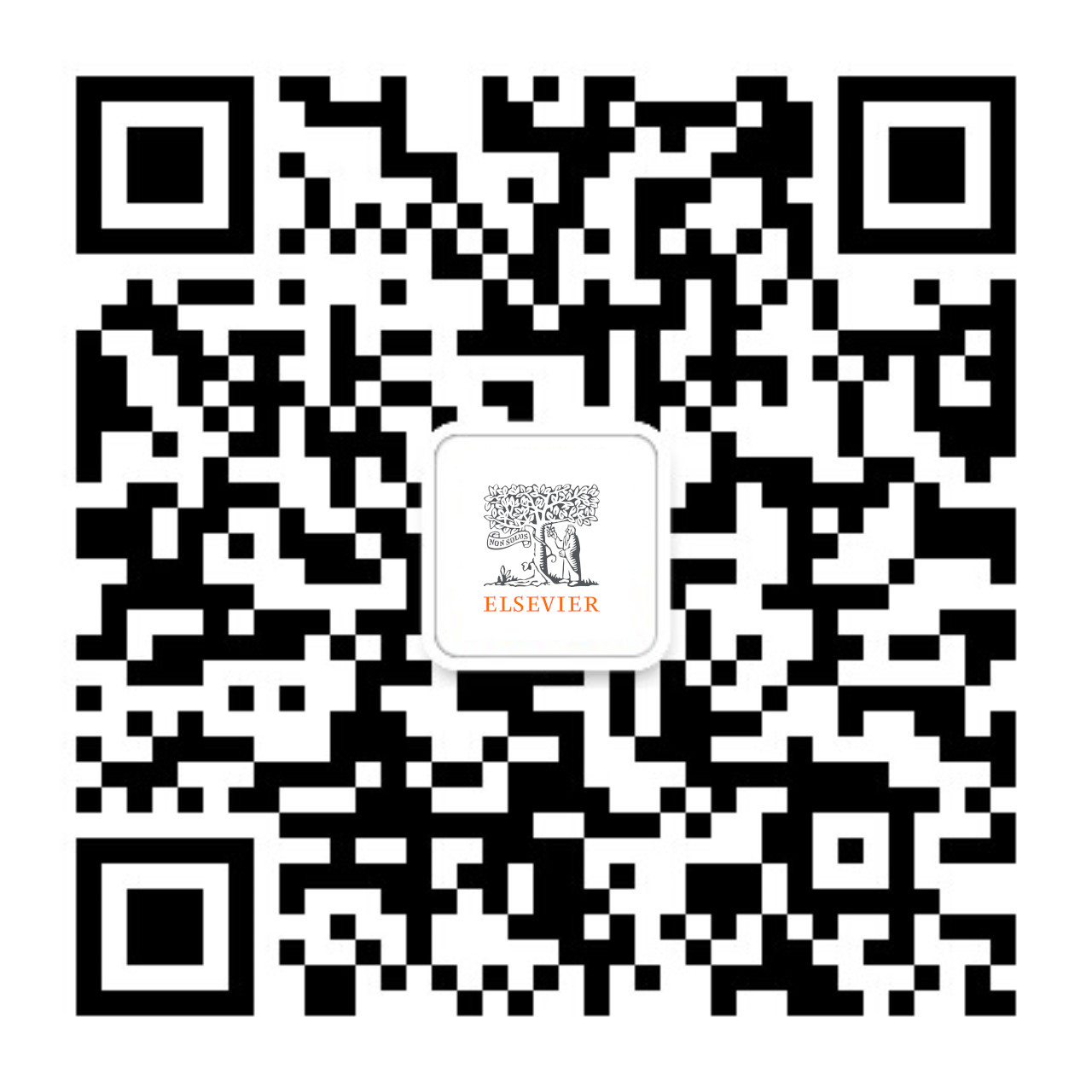Table of Contents
Mistakes to Avoid When Writing a Biomedical Research Paper
Writing an academic paper that is both professional and impactful is not an easy task. An article’s writing style must be compatible with the research presented and accurately communicate the relevance of its findings to the scientific community and professionals. However, this article also needs to be easy to understand for maximum reach and influence. In the upcoming blog posts, we will discuss writing styles best suited for specific disciplines to help researchers in those disciplines get published.
This article will focus on the biomedical field. Based on several case studies, we have compiled a list of five common mistakes in academic writing, more specifically in biomedical writing. By avoiding the following mistakes, you can significantly improve your biomedical manuscript’s quality and get it published faster!
-
Faulty structure
Improper structuring1 of manuscripts is a common reason for rejection by journals. Most biomedical journals require authors to adhere to the specific guidelines2 and provide all necessary information in the standard format. The general format for observational and experimental articles is Introduction, Methods, Results, and Discussion or “IMRAD.” We recommend that researchers in the biomedical field organize articles according to the above structure. For a detailed explanation on IMRAD, refer to our previous blog post.
-
Paragraph-level mistakes
The lack of a proper introduction3 is a major red flag in manuscripts. A good introduction sets the context of the study by explaining gaps in knowledge and how the study aims to address them. Without a detailed introduction, reviewers may find it hard, if not impossible, to evaluate a manuscript, leading to desk rejection.
An incomplete description4 of research methodology such that it impedes replication of the study can also lead to rejection. In the example below, the first sentence is very vague. The second sentence is more suitable for inclusion in a manuscript, as it provides the necessary details for replication.
Example:
× The patients were split into two groups, of which one was given the drug and the other a placebo.
√ The patients were randomized into two groups. One group was given 300mg of the drug as an IV bolus, once a day for two weeks. The second group received 300 mg of placebo with the same dosing regimen.
-
Sentence-level mistakes
Long, information-packed sentences can complicate the ideas presented in your manuscript. “Sentence sprawls”5 confuse reviewers and reduce the chances of acceptance. It is advisable to break down lengthy sentences into shorter, more easily understood parts.
Example:
× After two weeks, contrary to the placebo group, the group that received the drug demonstrated lower fasting blood sugar, lower post-prandial blood sugar, and more stable blood sugar levels over the course of the day.
√ After two weeks, the group that received the drug demonstrated lower fasting and post-prandial blood sugar. They also had more stable blood sugar levels over the course of the day. These results were in contrast to the placebo group.
-
Grammar and punctuation mistakes
Improper use of punctuation, like commas and semicolons, is common in manuscripts. Omitting a comma can make the sentence illegible, and too many commas make for a tiresome read. As a general rule, only use comma splices5 (a comma to separate independent clauses) when using a conjunction like ‘and,’ ‘or,’ ‘but,’ ‘for,’ ‘nor,’ ‘so,’ or ‘yet.’
-
Improper use of sex and gender terms
Faulty usage of sex and gender terms can reflect a lack of awareness about current practices in scientific writing. The Sex and Gender Equity in Research (SAGER)6 guidelines can help authors understand how to delineate terms related to the biological concept of sex, like ‘male’ and ‘female,’ from terms describing the sociocultural concept of gender.
Conclusion
Although the mistakes mentioned above are specific to the biomedical field, researchers from other disciplines can also benefit from learning to avoid them. We will explore essential writing skills for more disciplines in subsequent blog posts. Like all our blog posts, we hope this article contributes to your academic writing skills, improves your chances of publication and helps make your papers more impactful!
Elsevier Language Editing Services has a highly talented team of editors with expertise in over 100 disciplines, including biomedicine. Our English-speaking editors are both accomplished and experienced. They can accurately diagnose problems in your article, edit them efficiently, and improve its quality and readability. We offer various service options to meet the specific language needs of researchers. Our customized paper promotion plans support authors throughout the publication process, improving rates of successful publication and enhancing the reach and influence of their articles.
References:
- Javed Ali. (2010). Manuscript Rejection: Causes and Remedies. Journal of Young Pharmacists, 2(1), 3-6. https://doi.org/10.4103/0975-1483.62205.
- (2010). How to get your research published… …and then noticed. https://www.elsevier.com/__data/assets/pdf_file/0003/91173/UPP-Booklet-December-2020.pdf.
- Arushi Gupta. (2023). 7 Common writing mistakes to avoid in your research paper. https://www.paperpal.com/blog/academic-writing-guides/language-grammar/writing-mistakes-research-paper/.
- Ezeala, C., Nweke, I., & Ezeala, M. (2013). Common errors in manuscripts submitted to medical science journals. Annals of medical and health sciences research, 3(3), 376–379. https://doi.org/10.4103/2141-9248.117957.
- The Writing Center, University of Wisconsin–Madison. Twelve Common Errors. https://writing.wisc.edu/handbook/grammarpunct/commonerrors/.
- Jessica Miles. (2020). The importance of sex and gender reporting: In support of the SAGER guidelines. https://www.elsevier.com/connect/editors-update/the-importance-of-sex-and-gender-reporting.













